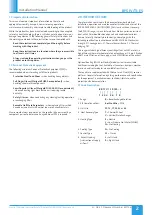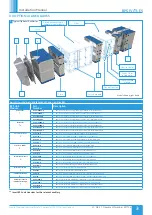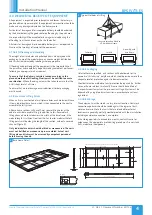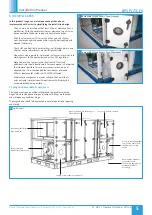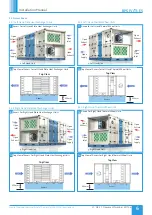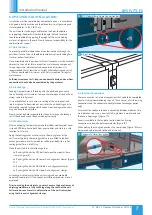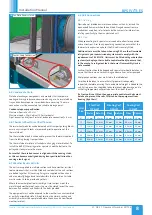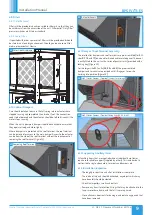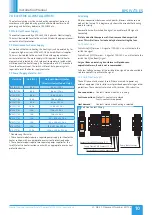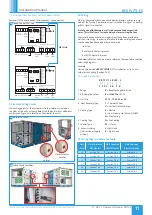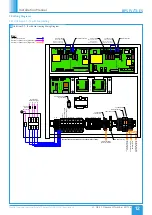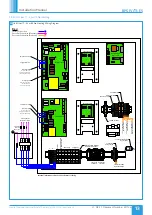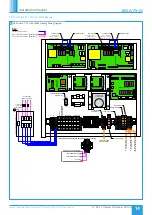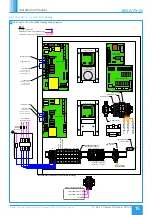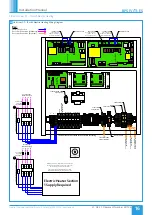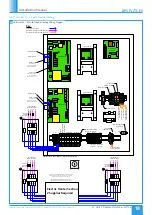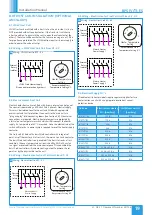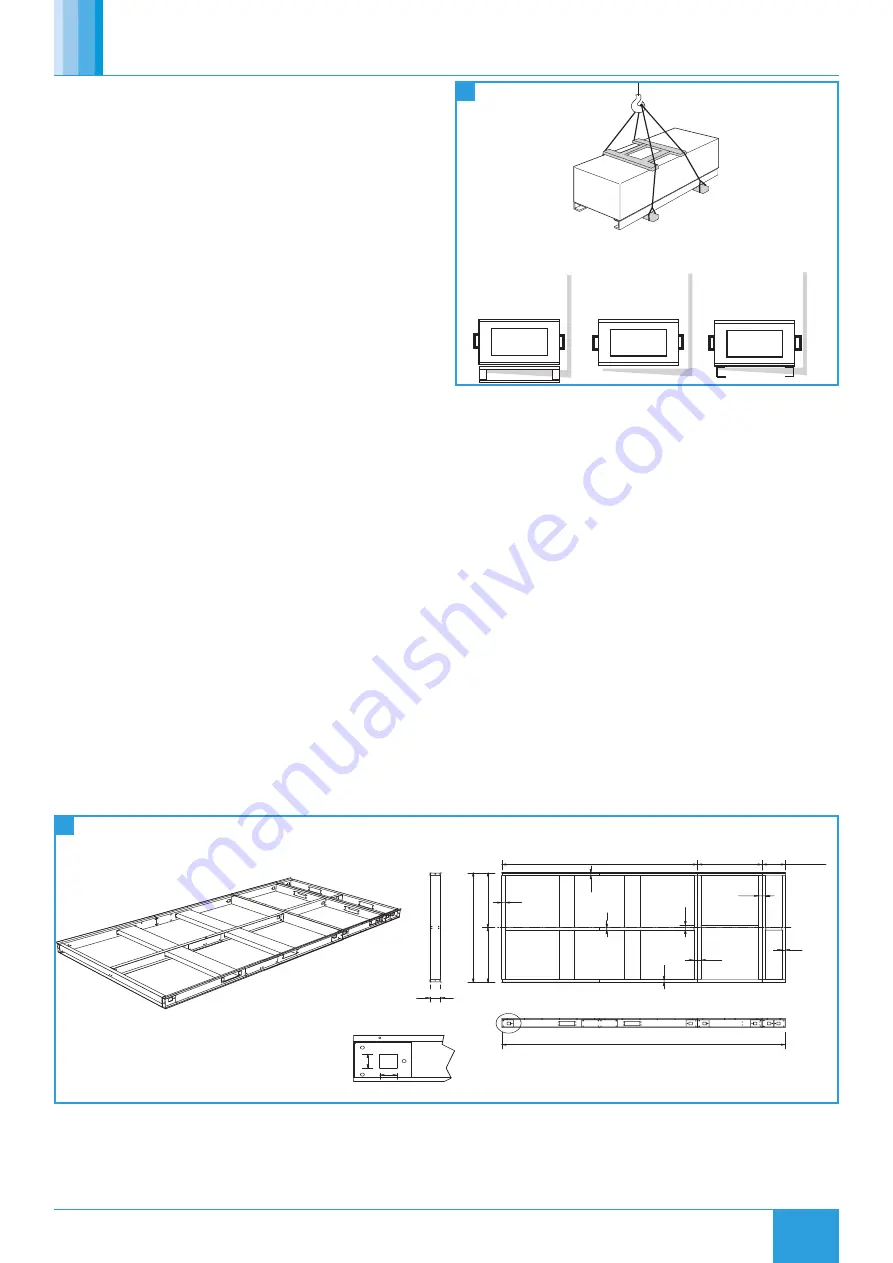
4
31. 08. 21. Document Number 671746
Nuaire | Western Industrial Estate | Caerphilly | CF83 1NA | nuaire.co.uk
BPS (V/T)-ES
Installation Manual
4.0 DELIVERY & RECEIPT OF EQUIPMENT
All equipment is inspected prior to despatch and leaves the factory in
good condition. Upon receipt of the equipment an inspection should be
made and any damage indicated on the delivery note.
Particulars of damage and/or incomplete delivery should be endorsed
by the driver delivering the goods before offloading by the purchaser.
No responsibility will be accepted for damage sustained during the
offloading from the vehicle or on the site thereafter.
All claims for damage and/or incomplete delivery must be reported to
Nuaire within two days of receipt of the equipment.
4.1 Unit Offloading and Handling
The weight of unit modules and palletised items is displayed on the
packaging. Some of the modules have an uneven weight distribution
and this will be indicated by labelling where appropriate.
Offloading and positioning of the equipment is the responsibility of
the purchaser, and should only be performed by competent personnel
following an appropriate risk assessment.
To ensure that the delivery vehicle is loaded according to the
planned method of offloading, Nuaire must be notified to ensure
coordination.
When offloading, care must be taken to ensure that the
AHU is kept level at all times.
To ensure that no roof damage occurs additional timber packaging
must be used.
4.2 Base Frame Lifting Points
When units are constructed of multiple modules each module will have
it’s own individual base frame, which is then connected to the next to
assemble the full system.
All base frame sections will have 50mm square lifting holes at the
end of each side to enable lifting. In addition to this, covered fork
lifting channels are located across the width of the base frame, if the
module length is sufficient to allow this. For shorter modules the fork
lifting points will be along the length of the section, without a covered
channel (Figure 3).
Only individual modules should be lifted or manoeuvred. The units
must not be lifted or manoeuvred pre-assembled. Actual unit
lifting plan and risks must be assessed by competent personnel
before moving the unit.
3
Base Frame Detail
Section length
Section length
Section length
50.0
Se
ct
ion w
id
th
50.0
50
.0
50
.0
50
.0
100
.0
100.0
100.0
150
Overall unit length
A (1:5)
50.0
50
.0
50mm x 50mm Lifting hole
CENTRE SUPPORT CAN BE ON EITHER SIDE OF CENTRE LINE
A
Palletised.
Forklift.
Assembly with
base frame.
2
Typical Methods of Lifting
Slings via spreaders fitted to
unit with base frame.
4.3 Unit Packaging
Unless otherwise specified, unit sections will be delivered to site
covered in “shrink wrap” polythene, which should provide a more than
adequate level of protection against inclement weather.
Should alternative methods of unit protection be required (i.e. timber,
Corex, or flame retardant materials), Nuaire should be notified of
the specific requirements at the pre- contract stage. Waste must be
disposed of by a registered waste carrier in accordance to national
regulations.
4.4 Unit Storage
The equipment must be stored in a dry, internal location. Ductwork
connection apertures should be sealed against the ingress of dust,
water and vermin. Note that units that are intended for external
locations are generally not fully weatherproofed until their installation,
including ductwork connections, is complete.
If the storage period is to exceed two months, contact Nuaire for
guidance on the appropriate ‘mothballing’ procedures. Do not stack
units, modules or components.


